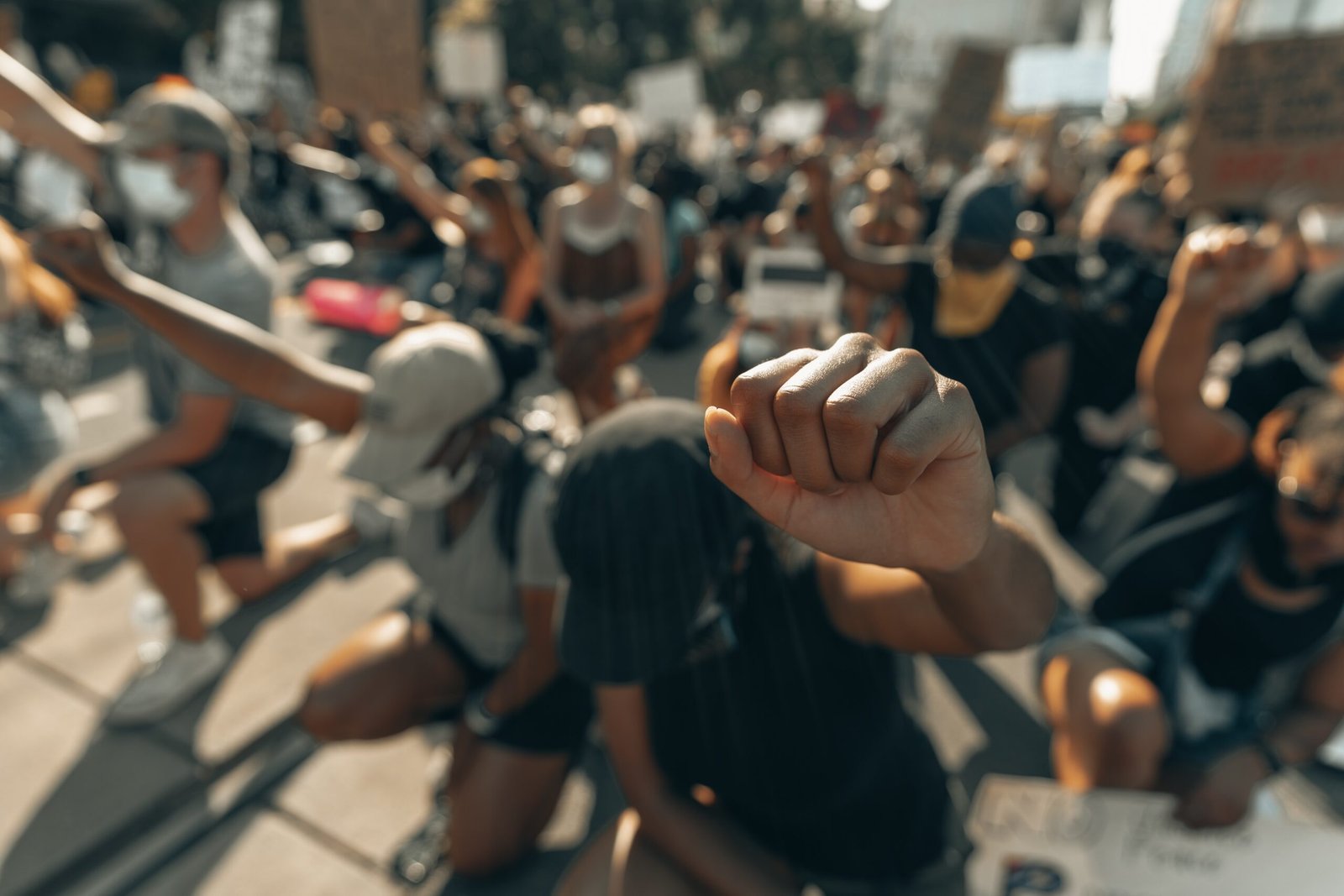In today’s interconnected world, international conflicts have become a complex and pressing issue. Understanding the dynamics behind these conflicts is crucial for finding effective solutions and promoting global peace. This article aims to provide insights into current international conflicts, their causes, and potential resolutions.
Causes of International Conflicts
International conflicts can arise from a variety of factors, including political, economic, social, and cultural differences. National interests, territorial disputes, ideological conflicts, and resource competition are common triggers for conflicts between nations.
Political factors play a significant role in international conflicts. Power struggles, regime changes, and political instability can create tensions between countries. Additionally, conflicting ideologies and governance systems can lead to ideological clashes, such as the Cold War between the United States and the Soviet Union.
Economic disparities and resource competition are also major sources of international conflicts. Disputes over oil, water, land, and other valuable resources can escalate into full-scale conflicts. Economic inequality and unequal distribution of wealth can fuel social unrest and contribute to conflicts both within and between nations.
Current International Conflicts
There are several ongoing international conflicts that have significant global implications. These conflicts have complex causes and involve multiple actors, making them difficult to resolve. Here are some notable examples:
The Israeli-Palestinian Conflict
The Israeli-Palestinian conflict is one of the most enduring and contentious conflicts in the world. It stems from competing national aspirations, historical grievances, and territorial disputes. The conflict has resulted in decades of violence and has had a profound impact on the Middle East region.
The Syrian Civil War
The Syrian civil war, which began in 2011, has caused immense human suffering and displacement. It started as a pro-democracy uprising but quickly escalated into a complex conflict involving multiple factions and foreign interventions. The war has had far-reaching consequences, including the rise of extremist groups and a humanitarian crisis.
The Ukrainian Crisis
The Ukrainian crisis emerged in 2014 following Russia’s annexation of Crimea. The conflict involves geopolitical rivalries, ethnic tensions, and struggles for influence between Russia and the West. It has strained relations between Russia and Western countries and has had repercussions for regional stability.
Potential Resolutions
Resolving international conflicts requires a multi-faceted approach that addresses the underlying causes and promotes dialogue and diplomacy. Here are some potential strategies for resolving conflicts:
Diplomatic Negotiations
Diplomatic negotiations play a crucial role in resolving conflicts peacefully. Engaging in dialogue and negotiations allows conflicting parties to find common ground and work towards mutually acceptable solutions. International organizations, such as the United Nations, often facilitate and mediate these negotiations.
Conflict Prevention and Resolution Mechanisms
Establishing effective conflict prevention and resolution mechanisms is essential for preventing conflicts from escalating and finding sustainable solutions. These mechanisms can include early warning systems, peacekeeping operations, and mediation processes. Investing in diplomacy and conflict resolution capacity-building is crucial for long-term peacebuilding.
Addressing Root Causes
Addressing the root causes of conflicts is vital for long-term peace and stability. This includes addressing political grievances, promoting economic development and equality, and fostering social cohesion. Investing in education, poverty reduction, and promoting human rights can contribute to preventing conflicts and building resilient societies.
Conclusion
Understanding the dynamics behind current international conflicts is crucial for finding effective solutions and promoting global peace. By addressing the root causes, engaging in diplomatic negotiations, and investing in conflict prevention and resolution mechanisms, we can work towards a more peaceful and stable world. It is essential for nations to prioritize dialogue, cooperation, and understanding in order to resolve conflicts and build a better future for all.
































